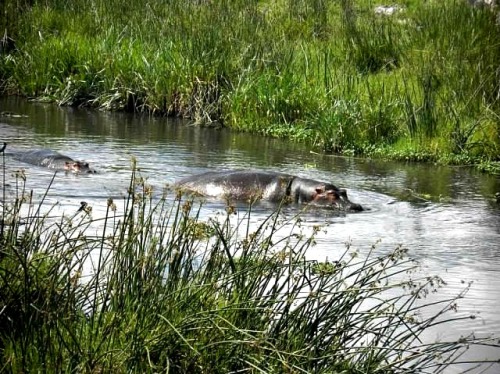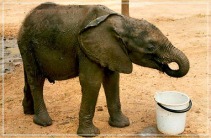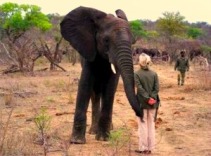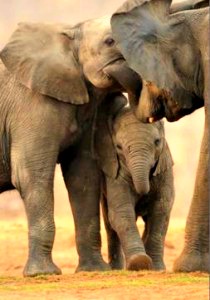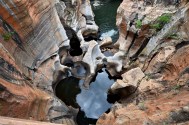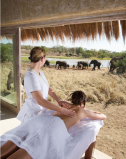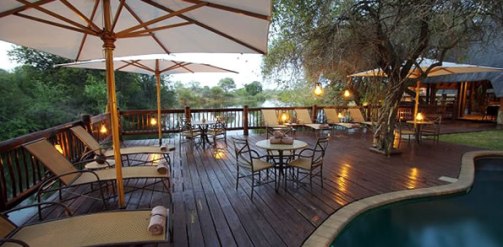The lure of the exotic; the mysteries of the unknown, the confluence of cultures… South Africa has a universal, seductive appeal.
1. Scenic splendor
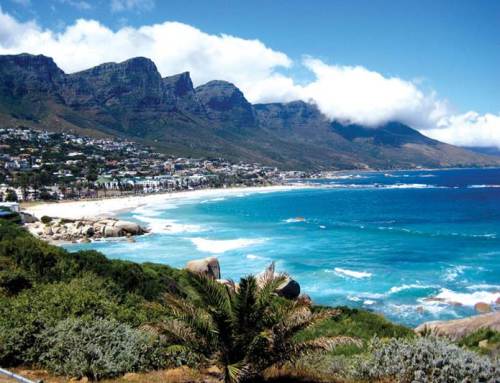
South Africa has some of the most diverse and spectacular scenery in the world. Expect miles of golden beaches and unspoiled coastline; dramatic mountains and mountain passes; 19 national parks; game reserves teeming with big game and hundreds of birds; ancient forests; semi-deserts; oceans and rivers; rolling grasslands, and natural flower fields – all waiting to be explored.
2. Winelands
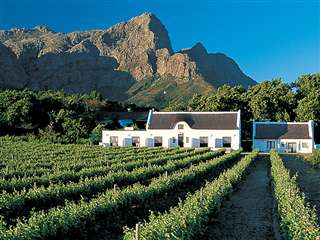
South Africa’s vineyards have been producing some of the best wines in the world for more than 300 years. Wine regions stretch from the Western Cape to the Northern Cape, where you can sample wine at world-famous estates or little-known gems. Where there’s great wine, there’s also great food – so Bon Appétit!
3. Safaris
 South Africa has some of the best and most accessible safari destinations in the world. You can luxuriate at a world-class private lodge and go on guided jeep, walking or elephant-back safaris.
South Africa has some of the best and most accessible safari destinations in the world. You can luxuriate at a world-class private lodge and go on guided jeep, walking or elephant-back safaris.
 4. Kruger National Park
4. Kruger National Park
The size of Israel or Wales, Kruger is one of the world’s oldest and most famous game reserves and is teeming with game.
Here’s where you’ll find the famous Big 5: buffalo, elephant, lion, leopard and rhino.
5. Struggle sites, rock art and historic battlefields

You can visit our top Struggle sites and museums and follow in the footsteps of some of the greatest freedom icons in modern history, such as Nelson Mandela, Oliver Tambo and Mahatma Gandhi. South African rock art is among the best in the world and historic battlefields abound.
6. Marine magnificence

Where else can a person sail beside a whale, or watch whale mothers and babies bask and roll; go eye-to-eye with different kinds of sharks; cage dive with great whites; be charmed by friendly penguins and leaping dolphins; experience some of the best scuba diving and snorkeling in the world; watch giant turtles lay their eggs on deserted beaches; or see the hatchlings making their desperate run for the sea?
7. Getting to know the locals

You can spend time in a city township you’ll be amazed at the activities and experiences on offer.
Spend some time at a Zulu cultural village, admire the intricate beadwork, metal neck rings and unique geometric mural art of the Ndebele people; enjoy the hospitality of a South African farm.
Take the opportunity to chat with the locals – South Africans are known for being warm, friendly and welcoming to visitors.
8. Outdoor rush
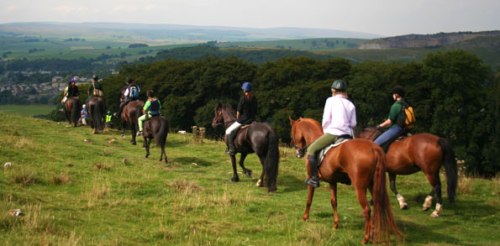
Gorgeous, sunny weather most of the time, spectacular locations, loads of mega-thrill adventures (including the highest commercial bridge bungee jump in the world), river rafting, abseiling, hiking, horse riding, hiking, paragliding and 4×4 routes – South Africa is known as the adventure Capital of the World.
9. Indulge the senses

Relax and rejuvenate the South African way. Visitors will find health and wellness retreats – many of them globally award-winning – throughout the country.
Many use indigenous oils and ingredients to help clients de-stress and wind down – by the beach, in the bush, at a hotel, or wherever they are.
10. Urban rhythm
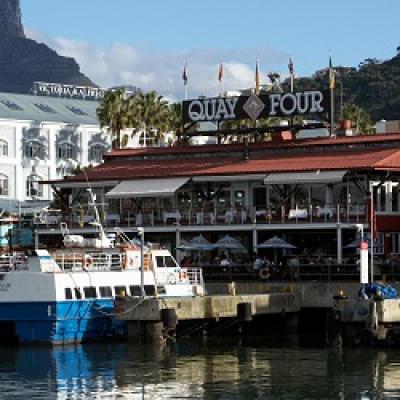
Experience the unique rhythm of our cities when feeling the beat of live kwaito, hip-hop or jazz at a local nightclub, bar or township shebeen (tavern).
Be entertained in our theatres; play at our ritzy casinos; visit our unique museums and art galleries.
Shop in glitzy shopping malls or African craft markets; or dine in our fabulous restaurants.
Our itineraries highlight the best of South Africa. Click here to learn more!
Read Full Post »
 Did you know? Legend has it that the kudu is God’s favorite antelope! After creating the very first kudu, God held its face in His hands, looked into its eyes and exclaimed, “You are SO beautiful!” and kissed the kudu smack on the nose! And that’s why the kudu bears the fingerprints of God. You can see them on the sides of every kudu’s face.
Did you know? Legend has it that the kudu is God’s favorite antelope! After creating the very first kudu, God held its face in His hands, looked into its eyes and exclaimed, “You are SO beautiful!” and kissed the kudu smack on the nose! And that’s why the kudu bears the fingerprints of God. You can see them on the sides of every kudu’s face.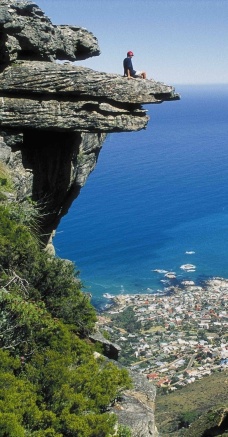



 Come join us this Saturday and Sunday at the long-awaited annual Travel and Vacation Show. Held this year at the spectacular new Ottawa Convention Centre, you’ll find special vacation promotions – from weekend getaways to exciting overseas destinations. In a few hours you can walk around the world!
Come join us this Saturday and Sunday at the long-awaited annual Travel and Vacation Show. Held this year at the spectacular new Ottawa Convention Centre, you’ll find special vacation promotions – from weekend getaways to exciting overseas destinations. In a few hours you can walk around the world!